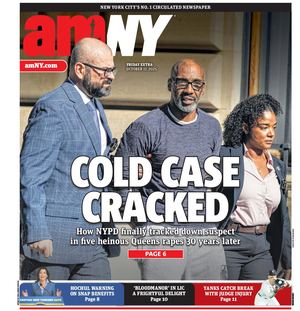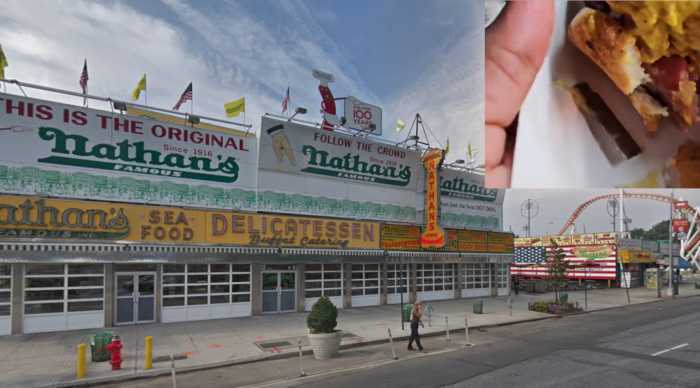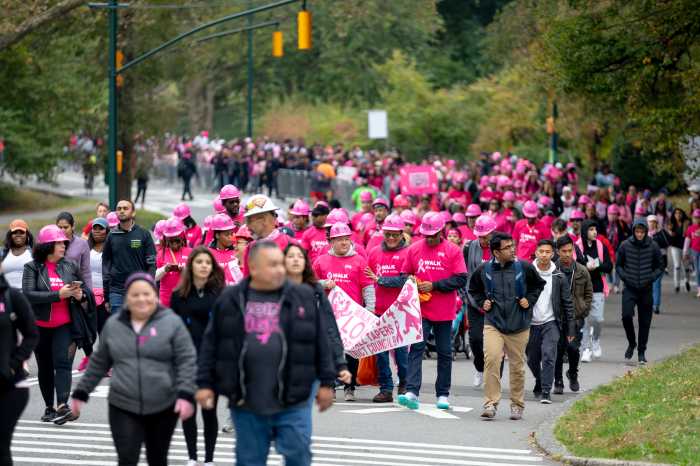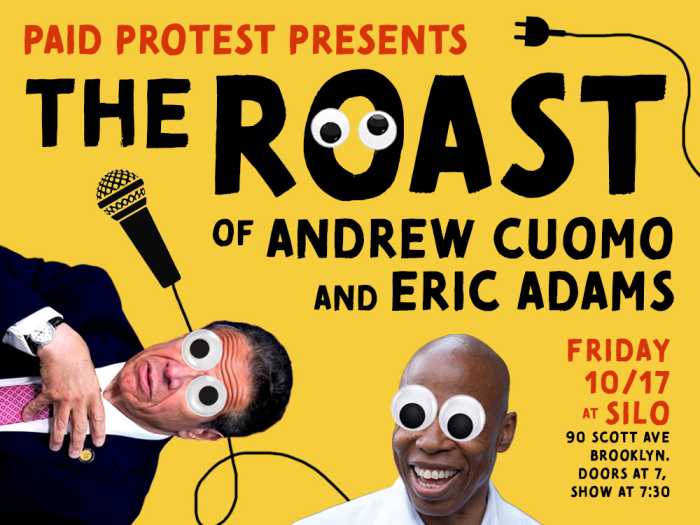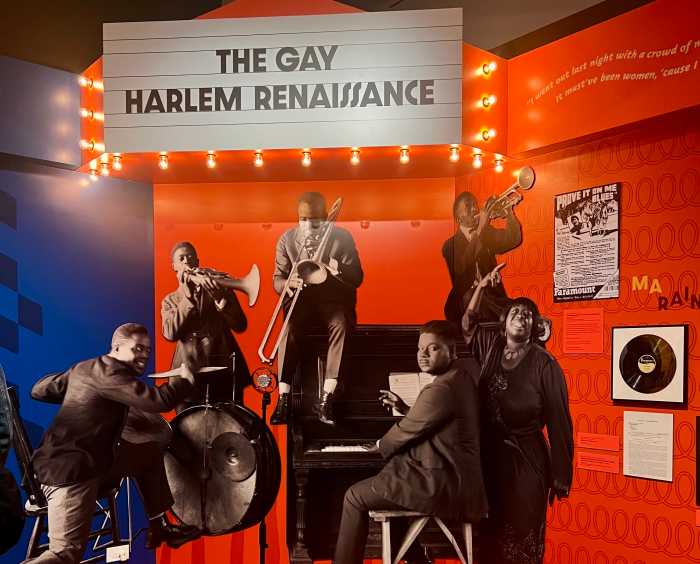AARP advocates have released a sweeping report of policies designed to make New York a more friendly city for senior residents — furnishing a roadmap for city officials to confront a host of challenges, from age discrimination to perilous streets.
The “What Older New Yorkers Deserve: NYC Blueprint for Action 2.0” report is the second of its kind, and contains over 90 recommendations for lawmakers and would mark a significant overhaul of how the city functions — all to the much-needed benefit of residents over the age of 50.
“This policy compendium should serve as the cornerstone for all New York City elected officials and policymakers to grasp the challenges faced by our neighbors aged 50 and older,” said Beth Finkel, AARP’s New York State director.
Making up nearly a third of New York City’s populace, people aged 50 and above is a swiftly burgeoning demographic — as the 65-and-over population alone surged by 36% over the past decade, and now exceeds 800,000 individuals. That comes while the rest of the population saw a decline of nearly half a million, according to the report.
And while the older population accounts for a growing proportion of the Big Apple makeup, the laws governing the city have largely failed to keep up, the report argues.
In response, AARP created the document to purpose concrete plans that would forge a more age-friendly city — targeting areas like affordable housing, workplace discrimination, technology access, food insecurity, transportation, social isolation, caregiving, and healthcare services.
“The report stands as an invaluable resource for policymakers to ensure that New Yorkers aged 50 and older can continue to thrive in the city they call home,” Finkel said.
As New York City readies for the future, Finkel says that AARP’s blueprint offers a comprehensive framework to foster inclusivity and bolster the well-being of its older residents across diverse communities.
The organization urges city officials to prioritize these recommendations and collaborate proactively to effect meaningful change.
Recommended changes
Among the major recommendations included in their report, AARP argues for an expansion of the MyCity portal, which currently serves as a central hub to give vital information to parents and caregivers about their rights and opportunities about childcare. An expansion of that idea, or creation of a similar product, designed for the city’s 1,373,495 older adults would go a long way towards centralizing the information needed by that population — who often struggle to find it, and therefore fail to utilize the resources available to them.
They also call on the city and state to pass laws that would make age discrimination easier to prosecute in court, similar to the way that lawmakers have updated laws around race- or sex-based discrimination over the past decade.
While those two changes would allow for older adults to operate on their own more effectively, the group also calls for an expansion of home-delivered meals programs — as many older adults are unable to shop and provide for themselves on a regular basis. Those programs are often not available every day, whereas AARP has called for them to be funded enough for older New Yorkers to access two meals per day, seven days per week, with culturally appropriate food options.
Meanwhile, for those who are able to travel outside their home regularly, the group has demanded that the city and state improve zoning rules to allow the MTA to work with private developers to add elevators and other ADA options for the subways and buses.
And outside of public transit, AARP has also called for a redesign of busy roadways for older pedestrians to be able to safely cross streets and walk to their jobs, homes, healthcare facilities and more. That would aid all New Yorkers, but have a profound impact on those aged 50 and up, who are particularly vulnerable.
In all, their proposals seek to make the city a more livable place for older New Yorkers — whether or not they are still working, dealing with health problems, or are economically affluent.
“New Yorkers 50-plus helped build our city and make it great. They face many challenges, including ageism, a lack of affordable housing, economic instability, and more. Through thoughtful policy solutions, we can help New Yorkers 50-plus happily grow older in the communities they love,” Finkel said.
To see a full list of AARP’s policy proposals, check out the “What Older New Yorkers Deserve: NYC Blueprint for Action 2.0″ online at local.aarp.org.
